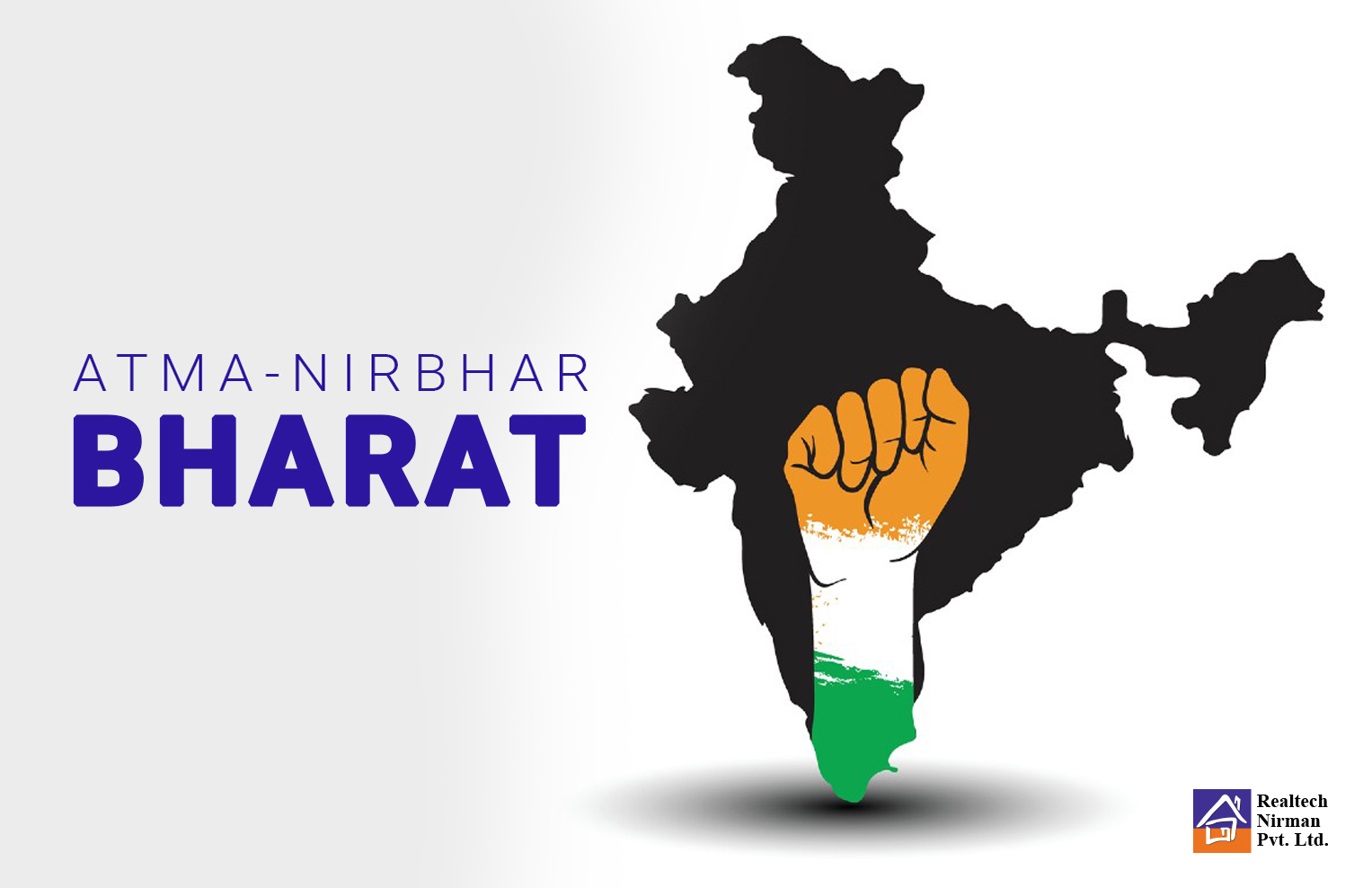AtmaNirbhar Bharat, two words which are on the lips of almost every Indian. It is an initiative launched by our honorable Prime Minister through the Ministry of Finance to address the issues raised during the global pandemic. The major focus is on instilling liquidity in the economy. Here, we will discuss the key points that all Indians must know irrespective of their profession or livelihood.
The MSME sector has to be the foremost thing of discussion as there is so much fuss going around it. MSME stands for micro, small and medium enterprises which constitutes 95% of the total industries in india. I believe they are the real performers who are carrying India?s 5 trillion dollar economy goal on their shoulders. As per the revised data, an enterprise with investment less than Rs.1 crore and turnover less than Rs.5 crores is said to be a micro enterprise. And in case of small and medium enterprises, investments should be less than Rs.10 crores and Rs.20 crores respectively whereas, turnover should be less than Rs.50 crores and Rs.100 crores. The objective of the move was to include the big enterprises, as big fishes are packed with previous loans. The government wants them to avail loan benefits and do good business in the near future.
The Abhiyan Offers
- Collateral Free Emergency Credit Line to MSME enterprises for the tenure of 4 years along with two conditions. One, the turnover of the business should be more than 100 crores and the outstanding loan amount should be more than 25 crores. It is offered till 31st October 2020. Further, out of the 4 years, 1st year would be a moratorium period where the borrower need not to pay the principal amount. And the credit amount would not be more than 20% of the loan outstanding on 29th February 2020. The Government of India has allocated Rs.300 crores for the collateral free loans.
- All the registered residential and commercial projects under RERA (Real Estate Regulation & Development Act) have received extension of 6 months as the construction work came to an absolute halt due to the lockdown. This has brought no relief to the real estate developers as issues of labourers migrating to their hometown is being continued.
- The relief package for the stressed MSMEs is amounting to Rs.20,000 crores, under which subordinate loans would be provided. The purpose here is to provide liquidation to huge debts and benefit equity and preferential shareholders. The viable businesses of the Indian Economy have also been taken care of as the government is ready for equity infusion of Rs. 50,000 crores.
- The Make in India programme has been extended with a slogan of Vocal to Local (priority to indeginous products) by disallowing global tenders worth less than Rs. 20,00 crores.
- The Atmanirbhar Abhiyan empowers the salaried class with Rs.25,000 crores, an extension of 3 months grant of? 24% via Employee Provident Fund. It is only for the business which has less than 100 employees of which 90%? must earn less than or equal to Rs.15,000 rupees a month. TDS rate reduction is done by 25%.
- Previous schemes like Garib Kalyan Yojna and Jandhan accounts have witnessed a small help from the government directly into their bank accounts irrespective of financial status of the account holder.
- The initiative of reducing the cash reserve ratio by the RBI has given wings to the scheduled commercial banks and NBFCs as they can lend more and pour more liquidity in the market.
Giving more space for private participation
The Government of India opened doors for private roles in defence, power, and space sectors. They are offering 500 commercial mining blocks through an open auction process and no eligibility conditions. Foreign Direct Investment limit in Defence sector hiked to 74% from 49%. Also focus will be upon indigenisation of imported spares, thus banning huge imports. In the aviation sector, investment of Rs.13,000 crores is expected via PPP model for building airports in different phases. The Government has also allowed usage of airspace for civil flying because it has the potential to generate 100 crores per year. Though privatisation of the power sector is not a new thing to hear about, the government has assured stricter norms in addition.
These major openings for private participation may reward the nation in the long run but it has no clear impact on the liquidity crisis that India is facing because of this lockdown.



